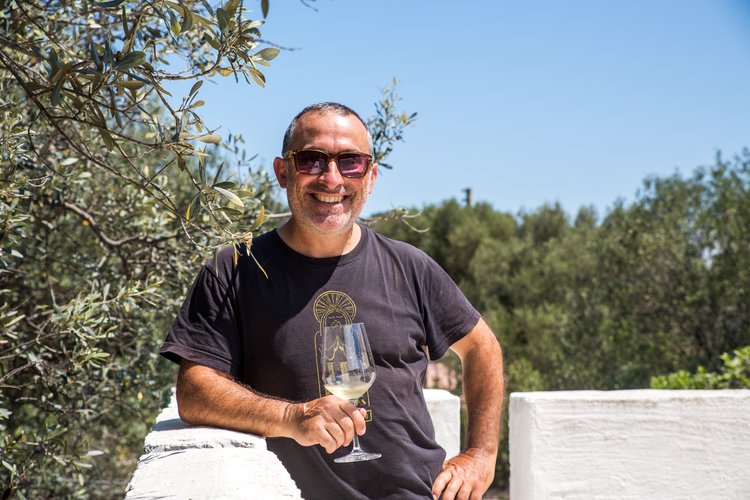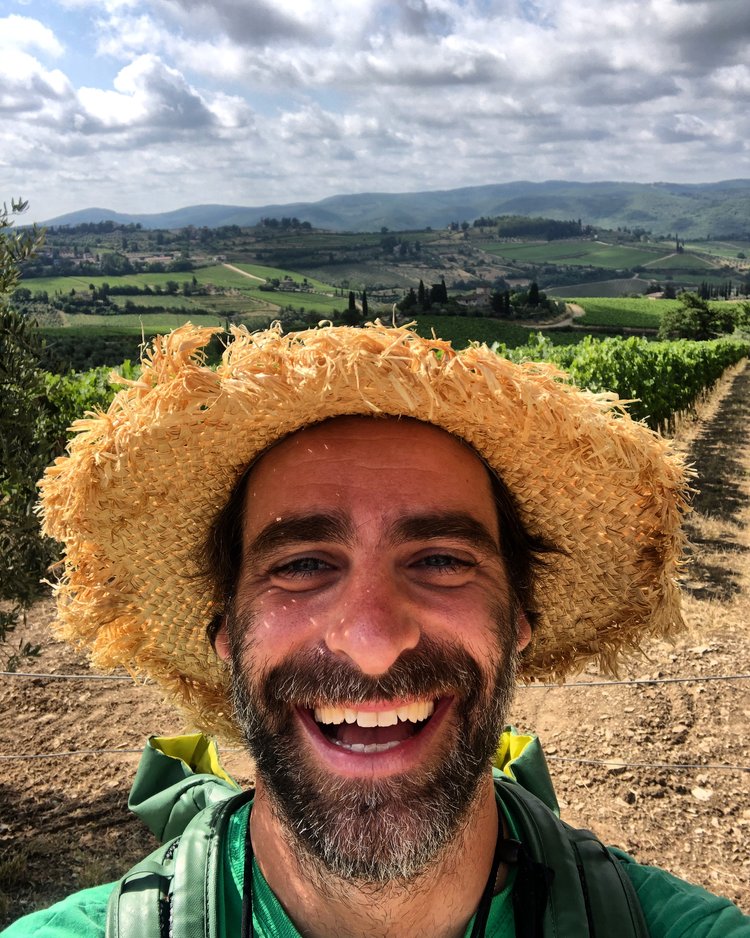Guide to Cortona, Italy
Affiliate disclosure: some of the links in this article are affiliate links. If you book using one of them, we’ll earn a small commission. All of our info is free to read and free of ads, so we appreciate it!
Frances Mayes’ memoir about her life in Cortona, Under the Tuscan Sun, has brought many fans to this handsome hill town high above the Valdichiana in southern Tuscany. But they are hardly the first to discover this remarkable place.
The Etruscans founded a city here, in the 7th century BC, the Renaissance-era Medicis ruled Cortona as a Florentine possession, and I am among the legions of other foreigners and Italians who, with no assistance from a bestseller, have fallen under the spell of the unspoiled medieval ambiance.
It’s hard not to feel the pull of the noble palaces, the proud piazzas, the enticing lanes and steep streets, and the views that extend as far as Umbria’s Lago Trasimeno.
Then, too, there is the simple pleasure of falling in step with small-town Italian life, the excellent food and wine, and the excitement of knowing that many of the most appealing places in Tuscany and Umbria are, quite literally, at your feet.
Table of Contents
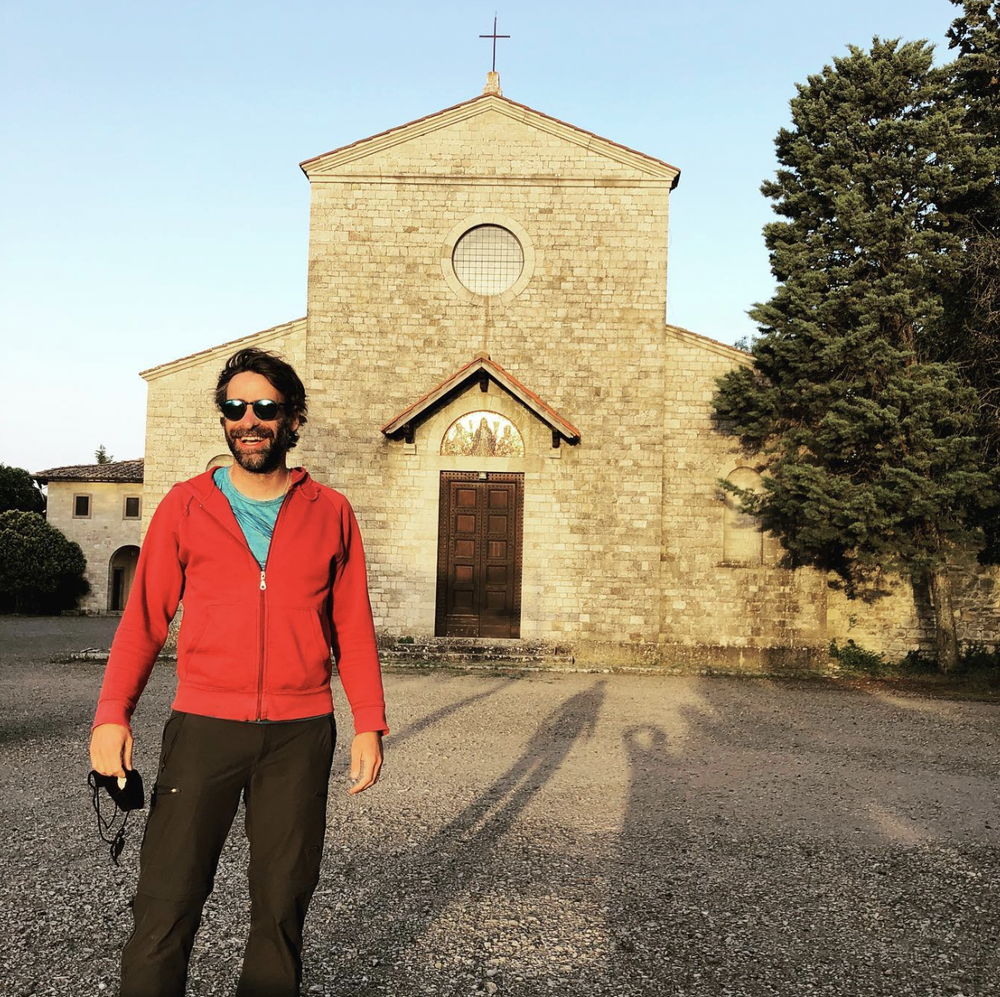

Where is Cortona?
Cortona is in southernmost part of Tuscany, in the province of Arezzo, and it lies 105 kilometers southeast of Florence. The city is right near the border with the region of Umbria, Tuscany’s southern neighbor.
Montepulciano and the Val d’Orcia are to the west across this valley, while the Apennine mountains rise to the east. Perugia, the capital of the Umbria region, is 50km south.
The somber stone town climbs a hillside on the eastern flanks of the Valdichiana, an agricultural valley known for Bistecca alla Fiorentina, which comes from Chiana cattle (the cattle of this region).
How to get here
While Cortona can be reached by public transportation (train and bus), the surrounding countryside and points of interest around Cortona cannot be conveniently visited via public transportation, so you really best off having a car if you come here.
Arriving by train
From Florence, there are direct trains that depart about once per hour for Cortona’s Camucia-Cortona station, starting in the early morning and running until around 9:00 PM. The trip takes just under 1.5 hours and one-way tickets cost approximately 12 euros.
You should be aware that Cortona’s train station is down at the base of the hill atop which the town sits, about 3 kilometers away. Buses meet the trains and make the trip up the hill to Piazza Garibaldi, at the entrance to the medieval town.
From Arezzo, the nearest large Tuscan city, there are departures once or twice per hour. The ride takes 20 minutes and tickets cost 4 euros.
From Perugia, in Umbria, there are also frequent direct trains, but just be aware that some of these will let you off at a different station called Terontola-Cortona. The trip from Perugia takes about an hour and costs 6 euros.
Arriving by car
If coming by car, the drive from Florence is an easy one down the A1 autostrada (highway). For Cortona, you’ll need to exit at Betolle-Valdichiana and you should expect the drive to take about an hour and an half.
If you'll be renting a car, I always recommend checking prices on DiscoverCars. It’s a car rental website that includes offerings from all the major international rental companies as well as lots of smaller local agencies, which often have much better pricing. You can often find great deals.
Why visit
Cortona is simply a pleasant place to spend time. It’s a medieval town filled with pretty squares, tight alleys, steep staircases, and loads of excellent restaurants and shops. Its location high on a hill overlooking Lake Trasimeno also means great views abound, and you’re close to the fertile Val di Chiana, the Val d’Orcia, and plenty of other pleasant places to explore in Tuscany. It’s a good location to either spend a night or two, or base yourself in for day trips around the region.
Although heavily visited itself, Cortona is a bit removed from Tuscany’s more popular areas, sitting right on the border with the region of Umbria, meaning you have easy access to lesser-explored areas far from the tourist crowds and many of Umbria’s highlights too.
How long to spend
If Cortona is just one stop during a day of town-hopping and you have limited time, you can see the highlights and get a feel for the city in a couple of hours.
That said, the city has some excellent shopping, charming cobbled streets and steep stone staircases, three lovely squares, and two very good museums that are worth visiting. It also has lots of pleasant cafés and bars that invite you to take a break and just watch the world go by.
So if you want to enjoy the city in a semi-leisurely manner and stop for a meal, give yourself 4-5 hours.
Cortona also makes a for a convenient base from which to explore the surrounding area, so you could easily spend a few nights here. Within an hour or less, you can reach such fabled towns and cities as Siena, Perugia, Assisi, and Montepulciano , as well as the beautiful countryside around them. The pleasant city of Arezzo, which is very much under the radar, is only a short drive away too.
Where to stay
Cortona is small and very much “on the map” for tourists, so don’t expect to find super bargains if staying here. Of course, being a tourist destination means it has lots of options, many of which are very nice, so you have a good selection to choose from.
Below are some places in town that I especially like. Note that the rates I’ve mentioned are for a double room with breakfast included and the prices range from what you’ll find in low season (winter) to high season. May, September, and October are usually the most expensive times to stay.
Villa di Piazzano - Just at the bottom of the hill that Cortona sits atop, Villa di Piazzano is a fantastic 5-star hotel set inside a noble villa with manicured gardens and grounds. Staying here feels a bit as if you’re on a weekend jaunt to your aristocratic friend’s unbelievable country estate. Daily rates run from 400 to 800 euros depending on the month.
Relais il Falconiere - The setting is rural but the accommodations are stylishly luxurious in this beautifully restored villa and several surrounding farmhouses. From 350 euros to 750 euros.
Monastero di Cortona - This boutique adults-only hotel offers rooms inside of a converted monastery right in town. It’s not as luxurious as the two options below, but it’s much cheaper, especially in the summer. You can find rooms from 280 to 600 euros
Hotel Italia - A 15th-century palace is the setting for simple and atmospheric rooms just off the main square. From 100 euros to 140 euros.
Hotel San Michele - Old world charm prevails in a grand palazzo tastefully converted to welcoming guest quarters. From 90 euros to 150 euros.
Casa Zeni - Stylish apartments in a medieval house in the center of town are so attractive and comfortable that you will be tempted to settle in for a very long time. From 80 euros to 150 euros.
Villa Borgo San Pietro - Comfortable accommodations in a villa and outbuildings are set on well-tended grounds in the countryside outside of Cortona proper. From 85 euros to 140 euros.
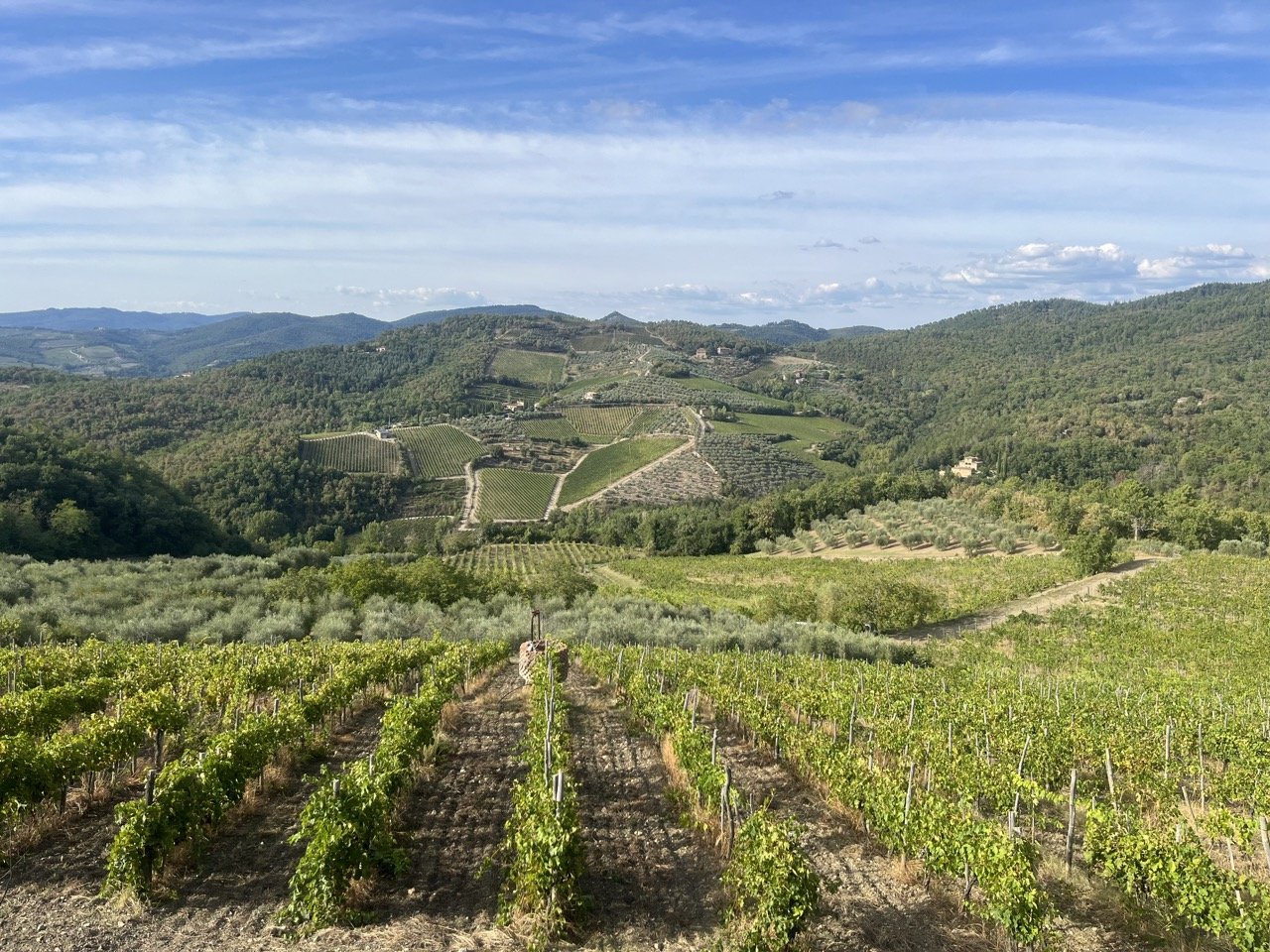
What to see and do
A visit to Cortona always begins with a walk along the lively main street, Via Nazionale, which is known to the Cortonese as the Rugapiana, or flat street, because it’s the only one in this steep town.
At the heart of town are two stage set squares, Piazza della Repubblica and Piazza Signorelli, while to the south Via Nazionale opens into airy Piazza Garibaldi, where a wide sweep of the Valdichiana valley unfolds at your feet.
If you’re up for the hard work, follow the steep lanes through the upper town to the Basilica di Santa Margherita and even higher to the hilltop Fortezza di Girafalco. Making this upward trek earns visitors a badge of honor when visiting Cortona.
Also be sure to do some museum-hopping to see the Etruscan finds in MAEC and the masterpieces in the Museo Diocesano.
Here’s a list of some of my favorite things to do:
1. Meet the Etruscans at Museo dell’Accademia Etrusca (MAEC)
From the eighth century b.c. Cortona was a member of the Etruscan League of cities, and jewelry, bronzes, and other local finds are on display at this sophisticated museum in the beautiful Palazzo Casali. The standout is a massive, 2,500-year-old oil-lamp chandelier that would be the prize of any modern home-design showroom.
Mummies and sarcophagi are among the Egyptian holdings, and one room showcases paintings by local son Gino Severini, born here in 1883.
2. See the masterpieces of the Diocesano museum
Star of the show in this repurposed church is the 15th-century Domican friar Fra Angelico, whose detail-rich “Annunciation” is considered to be one of his finest works. Pride of place belongs to Luca Signorelli, born in Cortona in 1450.
His masterful “Deposition” is especially touching because it’s said that the artist modeled the pain-wracked Christ on his son, who had just died of the plague.
The Annunciation, by Fra Angelico. Public domain, via Wikimedia Commons
3. Up, up, up you go!
It’s all uphill from Cortona’s twin piazzas, through the stony streets and sunny little squares of the upper town.
A stepped path is lined with a mosaic Stations of the Cross by Cortona’s own Gino Severini and leads to the Basilica di Santa Margherita, built to honor the city’s patron, a follower of Saint Francis. She is still a presence, as her much deteriorated remains are on view in a glass tomb behind the altar.
At the very top of town is the Fortezza Girafalco, a vast maze of bastions and vaulted galleries built by the Medici in the 16th-century to maintain their hold on prosperous Cortona. A welcome modern addition is a wine bar.
The Basilica of Santa Margherita. Photo: Sailko, CC BY-SA 4.0, via Wikimedia Commons
Views from the Fortezza Girafalco, with Lake Trasimeno visibile in the distance. Photo: Diego Baglieri, CC BY-SA 4.0, via Wikimedia Commons
4. Stroll in the public garden
Another Cortona walk keeps you on level ground as you follow the shop-lined main street, Via Nazionale, into airy Piazza Garibaldi and, just beyond, the public gardens.
Adding to the charm of this relaxing expanse of greenery are sweeping views across the Valdichiana to Montepulciano and south into Umbria, with Lago Trasimeno glistening in the distance.
5. Make a pilgrimage to the Eremo le Celle
A refreshing walk on gravel lanes through the countryside leads to this hermitage where St. Francis retreated in 1240. His colleague Brother Elias, a Cortona native, founded a monastery on the spot, and a religious community still flourishes on the hillside among woods and bubbling brooks.
It’s about 6km (4 miles) out from town and back; you can also drive, but walking among the greenery to a chorus of birdsong is a spiritual experience in itself.
Photo: Sailko, CC BY-SA 4.0, via Wikimedia Commons
6. Explore the distant past in the Cortona Archeological Park
Paths in this well-designed site at the foot of the hill beneath Cortona pass walls and other remnants of an Etruscan settlement, along with several tumula, or burial tombs. Funerary urns and other findings are on view up in town in MAEC.
Work continues on excavations of the Roman Villa of Ossaia that’s also been unearthed here, and colorful mosaics from the lavish country estate are also on view in MAEC.
7. Make some day trips around Tuscany
As I’ve already mentioned, Cortona sits within a spectacularly pretty valley (the Valdichiana) and it’s also within easy distance of a number of really lovely places to visit, both within Umbria and Tuscany. Here are some of my favorite nearby day trips:
Arezzo
Unlike some of its more popular Tuscan neighbors, Arezzo is a workaday city of 100,000 residents. Beyond the modern outskirts is a beautiful medieval city center that climbs a hillside to the airy Piazza Grande, fringed in part by elegant loggias.
Along the welcoming cobblestone streets are several churches filled with art treasures. One of the world’s greatest fresco cycles, Piero della Francesco’s “Legend of the True Cross,” is in the church of San Francesco. The 10 amazingly rich scenes of 15th-century storytelling are full of knights and buxom ladies and burst with human drama.
Another della Francesco fresco is in the Duomo, and a 13th-century crucifix in the Gothic-style church of San Domenico is by Cimabue, the painter who is said to have set the stage for the Renaissance.
Montepulciano and the Val d’Orcia
It’s only about half an hour from Cortona across the Valdichiana to Montepulciano. This handsome hill town is famous for its wines, Vino Nobile and Rosso di Montepulciano, and you’ll encounter them in enotecas as you follow the steep main street up to the airy square at the top of the town, Piazza Grande.
From Montepulciano you can set out on one of the most scenic drives in Italy, through the Val d’Orcia, a landscape of hills carpeted with golden fields and vineyards and topped here and there with storybook villages. The route takes you from Montepulciano to nearby Pienza, a pretty and harmonious little town laid out in the 15th century as an ideal Renaissance city and now famous for pecorino cheese.
From here it’s 23km (14 miles) west to Montalcino, another medieval beauty where the surrounding vineyards produce acclaimed Brunello di Montalcino wines. The nearby abbey of Sant’Antimo is a tranquil assemblage of gleaming travertine stone and alabaster cradled in gentle hills.
It’s about an hour and a half from here back to Cortona, so with a day in the region you should have plenty of time to explore the towns and villages at leisure, visit some wineries, and stop to take a photo or two.
Siena
Of all the Tuscan hill towns, elegant Siena might be the most likely to elicit a gasp or two. That might come at the sight of the Torre di Mangia rising above the scallop-shaped campo, the remarkable appearance of the carved façade and the striped marble Duomo, or just the overpowering sense of stepping back into the Middle Ages.
Siena is only an hour from Cortona, so in just a day you should have time to soak in Siena’s harmonious ambiance and also see some of the city’s treasures. Top of the list are the frescoes in the Municipio and Santa Maria della Scala.
8. Explore Umbria
Perugia
It’s about a 45-minute drive from Cortona down to Perugia, the capital of Umbria, which with 160,000 residents, is the largest city between Florence and Rome. Busy as it is, Perugia is still a medieval gem, and the old city crowns a ridge high above the Tiber Valley.
Adding to the appeal of beautiful squares and palaces is the youthful energy of many university students, along with the omnipresence of the city’s famous product, chocolate.
You’ll get a good sense of the city on a walk from Piazza Italia, perched high above the valley far below, up main street Corso Vannucci to the Duomo, on Piazza IV Novembre. One stop is the Piazza dei Priori, occupied in part by the Galleria Nazionale dell’Umbria, a repository of many of Umbria’s finest art works.
Another is a very well preserved office suite from the Renaissance, the Nobile Collegio del Cambio, the frescoed headquarters of a moneychangers guild. A short meander into the back lanes brings you to the Via dell’Acquedotto and a scenic walk across the top of a 13th-century aqueduct.
About the chocolate: you’ll find shops selling Perugina candies around town, and if you have a craving for more, you can plan your visit to coincide with the Eurochocolate Festival in October. At other times you can take a factory tour or attend a chocolate-making workshop at Perugina’s Casa di Cioccolato.
Assisi
Assisi, about an hour’s drive south of Cortona, is another appealing hill town and, as the birthplace of Saint Francis, is also one of Europe’s most popular pilgrimage sites. Visitors from around the world pay homage to the humble saint at the imposing medieval basilica where he is buried and colorful frescoes by Giotto tell his life story.
One of his followers, Clare, is honored in the nearby Basilica di Santa Chiara. A walk into the upper reaches of this attractive town of honey-colored stone leads to the Fortezza, on a hillside that affords views far across the Umbrian plains.
You can easily combine a visit to Perugia and Assisi in one day trip.
Lago Trasimeno
The glistening lake that you can see from various viewpoints in Cortona is Lago Trasimeno, where the Carthaginian general Hannibal defeated the Roman army in 217 BC. Today, the lakeshores are pleasantly peaceful, backed by gentle hills carpeted with vineyards and olive groves.
From Cortona, it’s only 20 minutes to pretty little Passignano, where you can swim, rent a boat, or just enjoy a gelato on the beach while taking in the view.
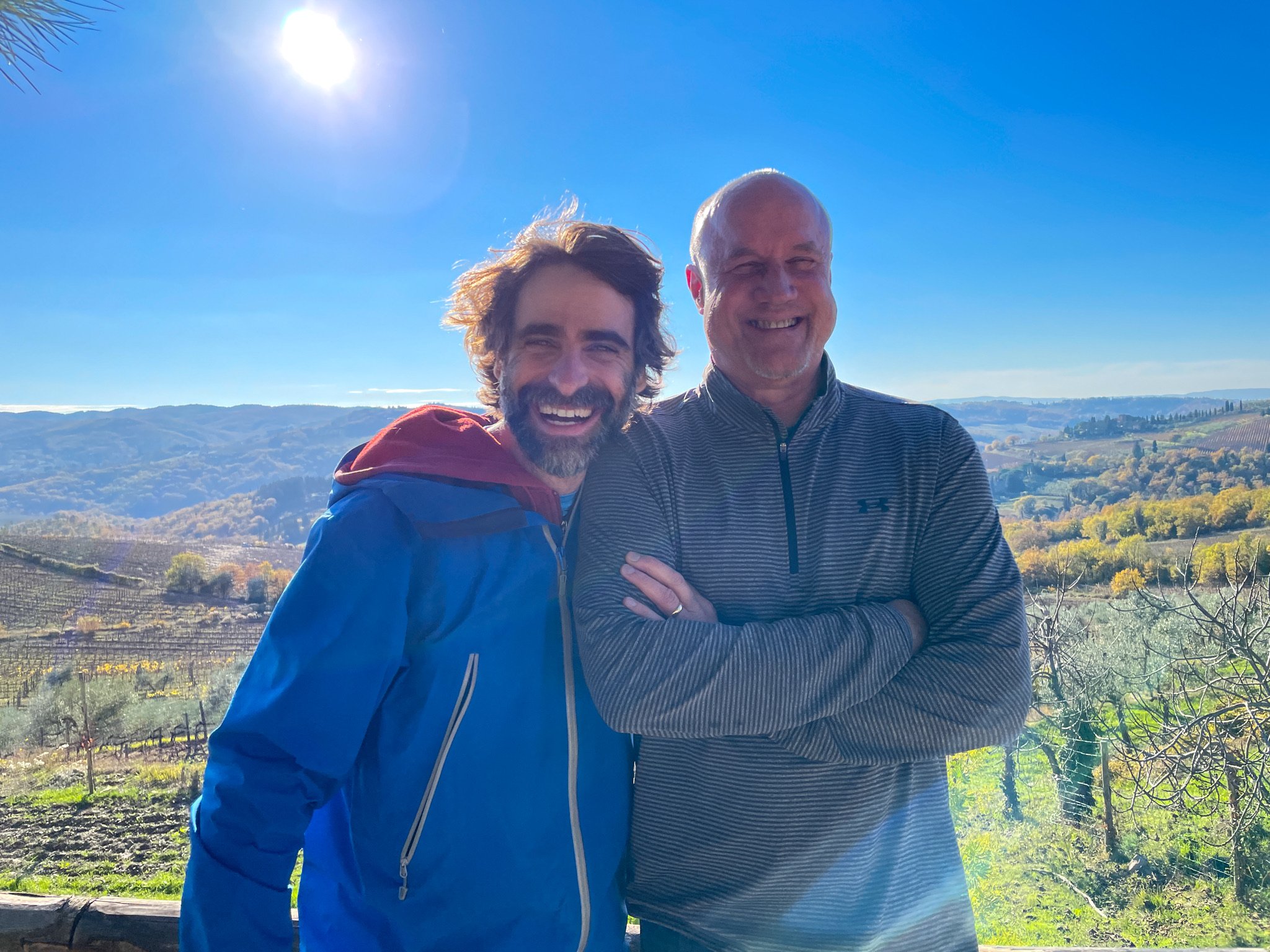

Weather in Cortona
Cortona is appealing at just about any time of the year, but the most popular seasons are late spring and early fall.
In spring, the temperatures are pleasantly mild, days are long (a plus for touring), and the countryside is bursting back to life in every shade of green. Early spring is usually relatively quiet, but by May, the tourist season here will be well into the swing of things, so expect it to get busy.
Early fall is still warm, the days are relatively long, and your visit might coincide with the olive and grape harvests in this rural region. Fall is very much the high season in Cortona though, so expect crowds and high prices.
Summers are quite warm, with temps in the high 20s C (mid-80s F), though the hillside town usually catches a cooling breeze. As with summer everywhere in Italy, it’s a busy time to travel here.
Cortona is quite appealing in the winter, too. While many business take a break for part of January or February, some hotels and restaurants remain open, and sharing the town with residents going about day to day business adds a note of authenticity you might miss in busier tourist times.
Temperatures don’t usually dip below the 40s, and you might experience the sight of Cortona floating above the clouds when fog envelopes the valley below.
Restaurants & dining
The star of the show in any Cortona menu is Chiana beef which hails from the valley below town. These huge T-bones, simply grilled, usually serve two. They’re often accompanied by Cortona’s own DOC red wines, made from Syrah grapes rather than the Sangiovese grapes used around Montepulciano and Montalcino.
You can sample Cortona wines, along with wines from all over Tuscany and Umbria, at Molesini, a venerable wine shop on Piazza Repubblica, and at nearby La Bottega del Vin Bono. For a glass of wine, a cocktail, and a selection of hams and cheeses step into Enoteca Enotria or Solco.
For a memorable lunch or dinner, consider trying any of the following restaurants. Dinner for two will typically range from 60 euros up to 120 at any of these (but it should usually be on the lower end of that range).
Falconniere: The Tuscan countryside surrounds you at Falconniere, a villa-turned-hotel, where the Michelin-starred dining room and terrace features produce from the estate and other local bounty. More expensive than the other options on this list, expect to pay around 120 euros total for dinner for two.
Osteria al Teatro: At Osteria al Teatro, character-filled, candlelit rooms are the setting for the creations of Chef Emiliano Rossi, who pairs local meats and the freshest produce with Cortona wines.
Ristorante la Loggetta: The romantic setting above Piazza della Repubblica alone makes Ristorante la Loggetta memorable, and the steaks and innovative creations based on local produce do justice to the setting. This is another of the more expensive restaurants on the list (around 100 euros for 2 people).
Trattoria Dardano: Cortona counts on Trattoria Dardano for grilled meats—beef, chicken, duck, guinea hen, all locally raised—served in a homey setting alongside ribollita (a thick soup) and other Tuscan classics.
Trattoria la Grotta: Any meal at Trattoria la Grotta, whether you enjoy it in a medieval, brick-vaulted dining room or little courtyard in good weather, should include the house specialty, light-as-a-feather gnocchi.
Trattoria Toscano: Trattoria Toscano lays claim to introducing Cortona to the city’s now favorite pasta, Picci alla Fumato, a sinfully rich combination of ham, cheese, and cream.
How to spend a day in Cortona
Morning
A day begins in the twin squares at the heart of this beautiful hill town, Piazza della Repubblica and Piazza Signorelli. The neoclassic Teatro Signorelli and Renaissance Palazzo Casali, which houses the town’s respectable Etruscan collection, are on Piazza Signorelli, while the formidable, Gothic Palazzo Municipio (Town Hall) dominates Piazza della Repubblica.
Take a seat at Caffe Signorelli (with ringside, outdoor tables in good weather) to appreciate these picturesque settings and watch town life transpire.
Now it’s time to do some climbing. In hilly Cortona, that means walking through the steep streets of the Upper Town. First stop is the Basilica di Santa Margherita, built to honor the city’s patron, a follower of Saint Francis.
Higher up is the Fortezza Girafalco, a Medici stronghold. The views are great and a wine bar is open in good weather.
Afternoon
Then it’s back down to the twin squares for a leisurely lunch. After another coffee you don’t have to wander far to see the city’s standout museums:
Museo dell’Accademia Etrusca (MAEC) on Piazza Signorelli, and just down a short street from there, the Diocesano museum, with masterpieces by Fra Angelico and Luca Signorelli.
Evening
Join the Cortonese in their evening passeggiata (stroll) down Via Nazionale, known as the Rugapiana, “flat street,” because it’s the only one around. The street opens into hillside Piazza Garibaldi and, just beyond, the public gardens. Views sweep across the Valdichiana to Montepulciano and south into Umbria, with Lago Trasimeno glistening in the distance - all enhanced by a beautiful sunset if you time it right.
This outing is a good prelude to a meal in one of the town’s excellent restaurants, where a specialty is usually Bistecca Fiorentina, from cattle bred in the valley below town.
More Tuscany travel info
For more advice on planning your trip to Tuscany, have a look at some of our other guides and itineraries!








